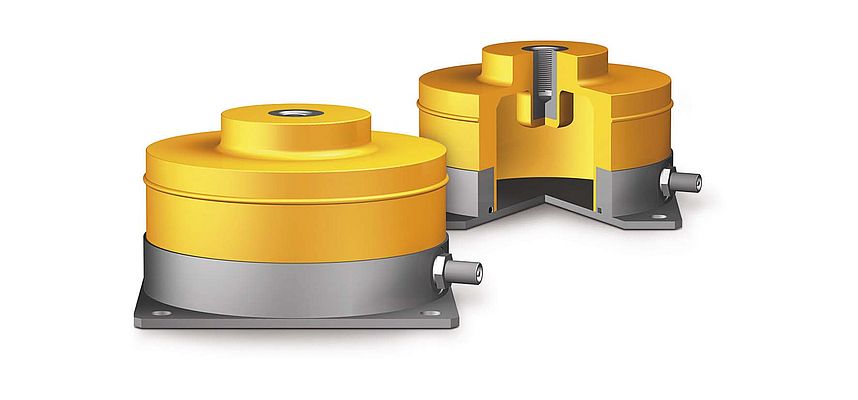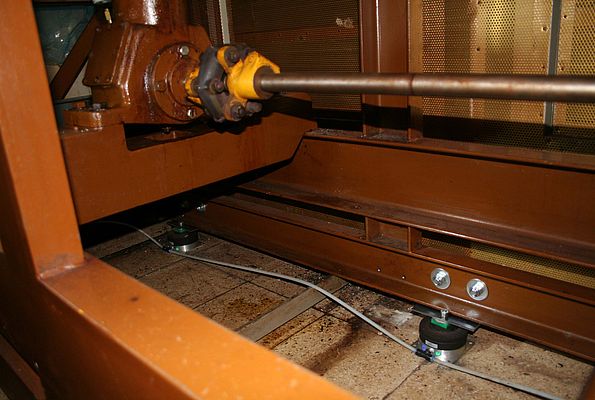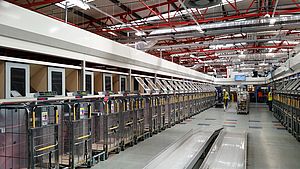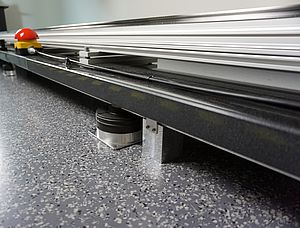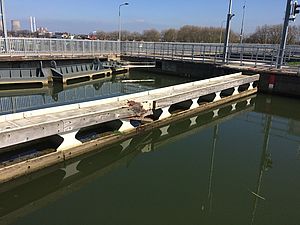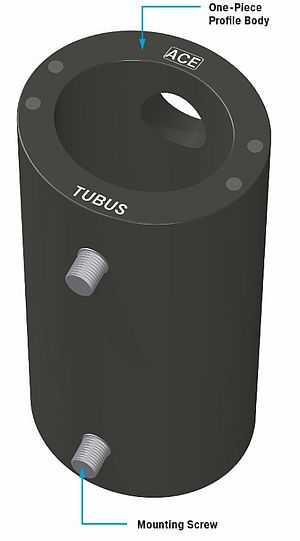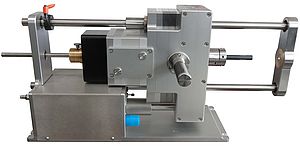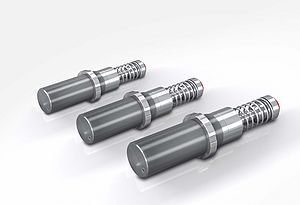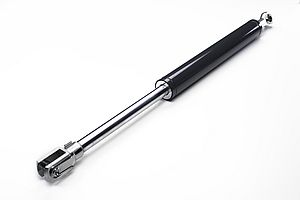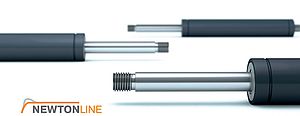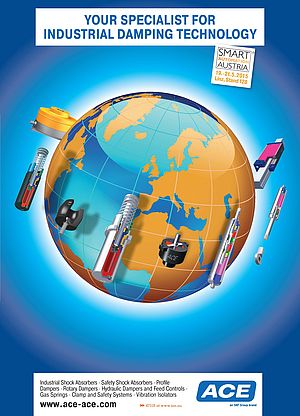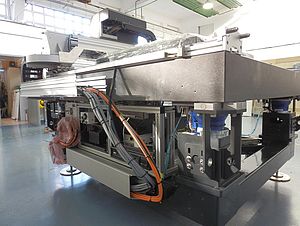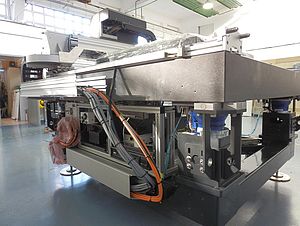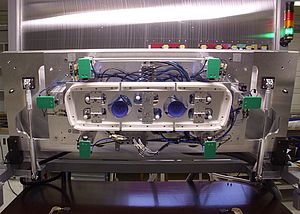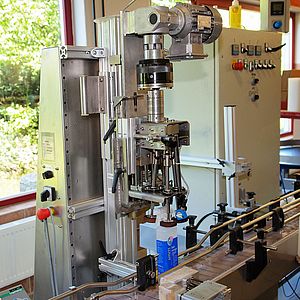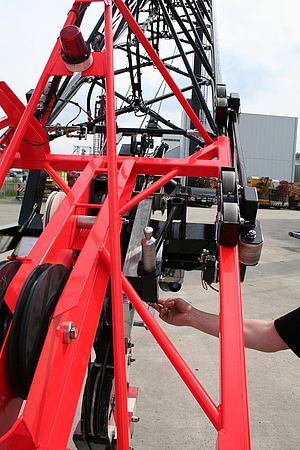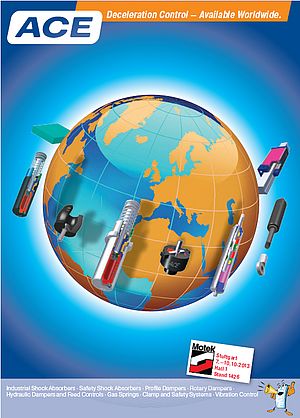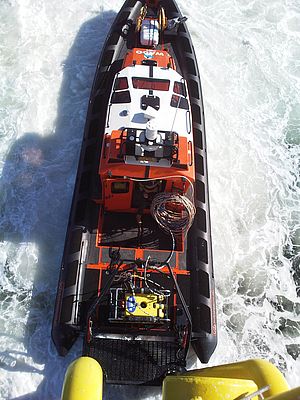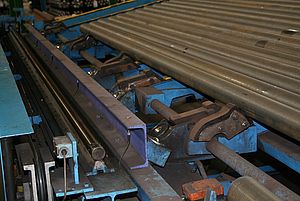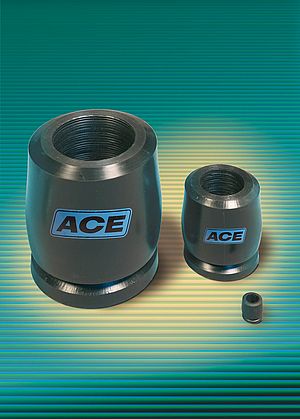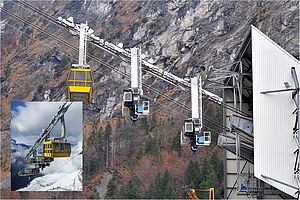Family-run company Libeert has been creating premium chocolate products in Komen, near the French border, for more than 90 years. The blend of tradition and modern production techniques results in high quality products made on the basis of 100% cocoa butter. The company from the Hainault province is a multi-award winner for the quality of its confectionery, and is known internationally by young and old for fine chocolates and pralines.
Both product lines are offered in a broad variety of shapes and sizes, because in Belgium in particular there is a long-standing tradition to also create chocolate in the form of many figures for different occasions, such as Easter and Christmas. But the company had a problem with moulding. One part of the production process generated oscillations and vibrations which propagated to a neighbouring residential building. The neighbour reported that furniture and crockery had also started to vibrate.
This was a non-acceptable situation - not only for one machine in operation 24 hours a day on working days. To understand where these vibrations stemmed from, becoming familiar with the production process of chocolate, and at the same time one of its biggest secrets, was necessary. This is explained by spokesperson Désirée Libeert: "The verb to conche conceals the big secret of chocolate. The sweet, liquid mass is kept in continual motion over a longer period. This makes it creamy, and its flavour additives unfurl in a special way. At the end, the liquid mass is poured into pre-heated moulds, with special machines ensuring that the air bubbles created are removed by means of vibration."
In this case however, the vibration units cause the neighbourly problems mentioned above. To be able to remove as many air molecules from the chocolate as possible, and for it to spread entirely uniformly within the mould, it must be subjected to strong vibration - at Libeert too. The vibration frequency is dependent on the viscosity and yield point of the chocolate, and other parameters.
Measurements by an independent and certified agency had shown the resultant disturbance frequency to be 16 Hz in this case. This created another problem. Despite numerous tests, the Belgian confectionery specialist found no vibration solution which could isolate vibrations under 20 Hz. Jannick Dury, one of the technicians at Libeert, then came across an article on the PLM family from ACE whilst researching the subject. These products belong to the ACEolator family introduced to the market in 2013. Everything went pretty quickly after his questions about whether ACE can bring about a remedy and whether he could have more information on the products.
Chocolate production placed on 14 attenuating feet
PLM air spring elements are designed to ensure low-frequency vibration and shock isolation at measurement sites, and for fan, motor and generator units. Deployed virtually as vibration dampers, the internal air chambers provide a significant isolation effect from a frequency of 5 Hz upwards. The first question from Jannick Dury was for Ralf Küppers, the sales director at ACE Stoßdämpfer GmbH for the Benelux countries, and was answered with a resounding "yes".
In terms of further information, he and Han Titulaer, the technical consultant at ACE in Benelux, advised the chocolatiers at Libeert to make full use of the maximum loading of the individual air spring elements to attain the best isolation values. Selecting the PLM air spring elements over the weight of the machine to be isolated was also advised.
Because the case highlighted is a standard application, and the system in Belgium weighs 1,800 kilograms, the right isolation solution for the 14 machine feet on which the vibrating unit stands had to be found. Selected for the task was ACEolator model PLM3, with a maximum load of 135 kg per air spring element. A smaller type also available would have been undersized.
The PLM design has a threaded insert vulcanised in, whereby compressed air can be applied to the air springs using either a standard tyre valve or a pneumatic screw connection. Special connectors are not required. The natural frequency of these innovative machine elements is 3 Hz in the optimal load state. When no pressure is applied, this value is 10 Hz, meaning faults above 14 Hz can still be isolated. One positive side effect of the PLM family is that at the same time its valve levels out the devices mounted. If a compressed air threaded joint is affixed to their products, they can be connected to the regulated air supply, simplifying the process. If no level regulating valves are deployed, a control unit can be made available to regulate the pressure and the height of the air springs connected together.
The benefits highlighted then also materialised in practise. In Belgium, the PLMs brought about an 80% reduction in vibration levels. The remaining vibration can only be detected with measuring equipment. So peace has returned to Komen - in chocolate production and in the neighbouring house.
Vibration isolation brings with it many benefits
Recent years have seen noise protection and occupational health and safety become the focus for legislative authorities across the whole of Europe. It is imperative for this reason as well to prevent noise emission and harmful vibration. To achieve this, analyses beforehand to localise sources must generally be conducted.
One of the outcomes of appropriate improvement measures is an increase in product quality. A quiet production environment has a positive effect on workers as well as on available measurement and test equipment. It can therefore be stated that preventative vibration isolation results in improved work conditions for people and the environment, more accurate production tolerances, and so increased product quality. An increase in the rate of production with lower wear levels for tools and machines, and a smaller amount of waste, have also been recorded.



